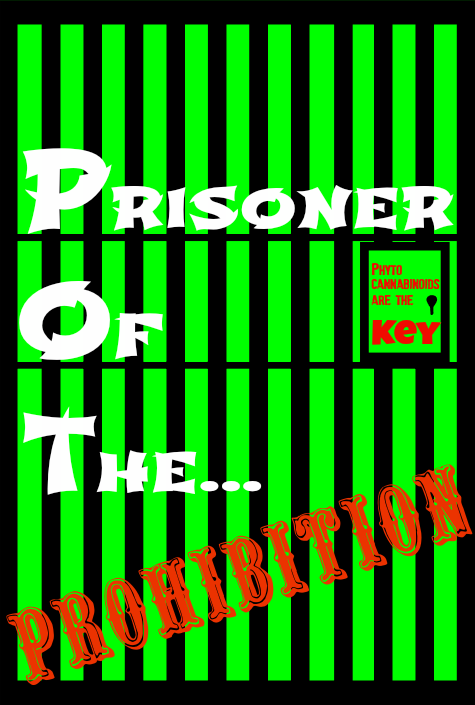2014 Jun 24. pii: S0014-2999(14)00465-8. doi: 10.1016/j.ejphar.2014.06.023. [Epub ahead of print]
 JWH-018 in rhesus monkeys: Differential antagonism of discriminative stimulus, rate-decreasing, and hypothermic effects.
JWH-018 in rhesus monkeys: Differential antagonism of discriminative stimulus, rate-decreasing, and hypothermic effects.
Abstract
Several effects of the abused synthetic cannabinoid JWH-018 were compared to those of Δ9-tetrahydrocannabinol (Δ9-THC) in rhesus monkeys. JWH-018 (0.1mg/kg i.v.) was established as a discriminative stimulus and rimonabant was used to examine mechanisms responsible for discrimination as well as operant response rate-decreasing and hypothermic effects. JWH-018 dose-dependently increased drug-lever responding (ED50=0.01mg/kg) and decreased response rate (ED50=0.064mg/kg). Among various cannabinoids, the relative potency for producing discriminative stimulus and rate-decreasing effects was the same: CP-55940=JWH-018>Δ9-THC=WIN-55212-2=JWH-073. The benzodiazepine agonist midazolam and the NMDA antagonist ketamine did not exert JWH-018 like discriminative stimulus effects up to doses that disrupted responding. JWH-018 and Δ9-THC decreased rectal temperature by 2.2 and 2.8°C, respectively; the doses decreasing temperature by 2°C were 0.21 and 1.14mg/kg, respectively. Antagonism did not differ between JWH-018 and Δ9-THC, but did differ among effects. The apparent affinities of rimonabant calculated in the presence of JWH-018 and Δ9-THC were not different from each other for antagonism of discriminative stimulus effects (6.58 and 6.59, respectively) or hypothermic effects (7.08 and 7.19, respectively). Apparent affinity estimates are consistent with the same receptors mediating the discriminative stimulus and hypothermic effects of both JWH-018 and Δ9-THC. However, there was more limited and less orderly antagonism of rate-decreasing effects, suggesting that an additional receptor mechanism is involved in mediating the effects of cannabinoid on response rate. Overall, these results strongly suggest that JWH-018 and Δ9-THC act at the same receptors to produce several of their shared psychopharmacological effects.
Copyright © 2014. Published by Elsevier B.V.
Copyright © 2014. Published by Elsevier B.V.
KEYWORDS:
Apparent affinity; Cannabinoid; Drug discrimination; Hypothermia; JWH-018; Schild analysis; Δ(9)-tetrahydrocannabinol
- PMID:
- 24972243
- [PubMed – as supplied by publisher]

